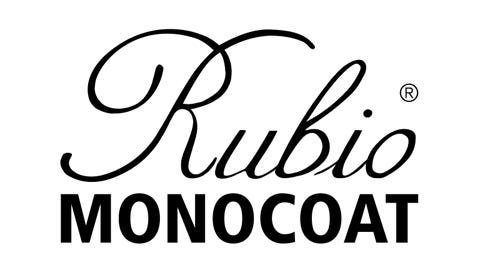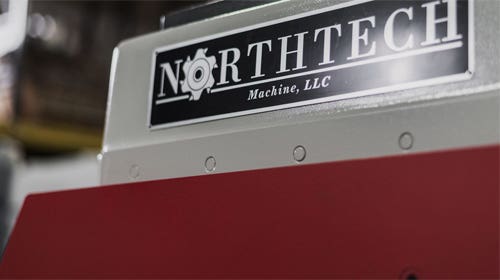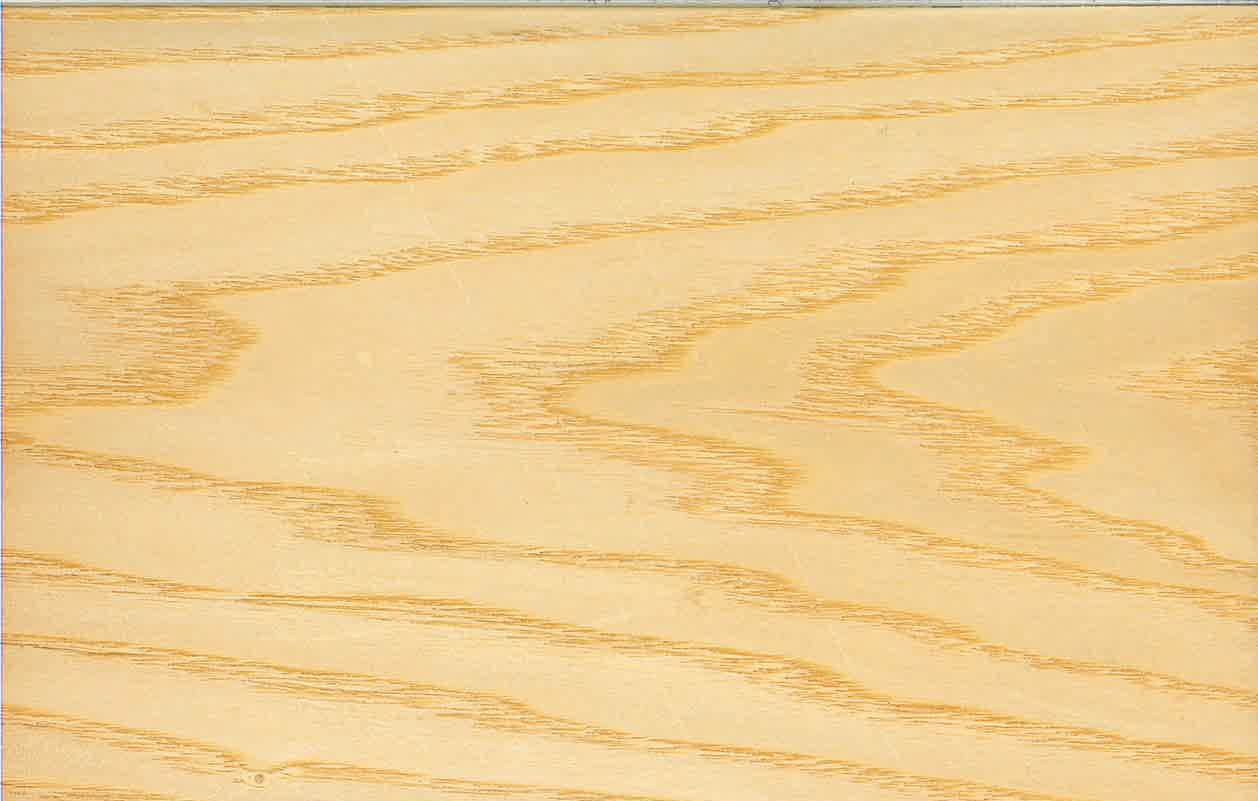Wright retrospective at Milwaukee Art Museum
On the occasion of the 100th anniversary of Taliesin, Frank Lloyd Wright’s home, studio and school in Spring Green, Wis., the Milwaukee Art Museum will present a major exhibition offering…
On the occasion of the 100th anniversary of Taliesin, Frank Lloyd Wright's home, studio and school in Spring Green, Wis., the Milwaukee Art Museum will present a major exhibition offering a fresh perspective on the celebrated architect and designer's seven-decade career. The exhibition will run from Feb. 12 through May 15.
"Frank Lloyd Wright: Organic Architecture for the 21st Century" surveys more than 150 works, including drawings - 33 of which have never been exhibited publicly - scale models, furniture and photography, as well as video footage of Wright and several key projects. The retrospective will highlight the many triumphs of Wright's career and focus on his grand opus of suburban planning, Living City (1958), which though never realized, was the culmination of all his work. This blueprint for Wright's urban utopia vision incorporated the natural environment into everyday life.
"Wright defined organic architecture as being appropriate to 'place, people and time' and designed around those elements. He wanted to connect with new technology and use it to advance his architecture," said Brady Roberts, chief curator for the Milwaukee Art Museum, in a press release. "Wright's design for suburban communities integrated nature, affordable homes, enlightened workspaces, parking, and other aspects of daily living, all in a repeatable model."
Examining major projects including Unity Temple (Oak Park, Ill., 1905), Fallingwater (Mill Run, Pa., 1936), Johnson Wax (Racine, Wis., 1936, known today as the SC Johnson Administration Building), Taliesin (1911-59), and Taliesin West (Scottsdale, Ariz., 1937-59), the exhibition will analyze Wright's objectives and illuminate the pioneering vision of the man known as America's greatest architect.
"Wright was a prophetic thinker, decades ahead of his peers. In many ways, key aspects of his career relate to issues and practices of architecture today, including sustainability and efficiency," says Roberts. "In examining Wright's concern with material and space efficiency, economical use of manufactured materials, attention to local environment and use of natural light, we see his profound contribution as a visionary for architectural practice in the twenty-first century."
The exhibition will travel to the Phoenix Art Museum in 2012.
For information, visit www.mam.org.







